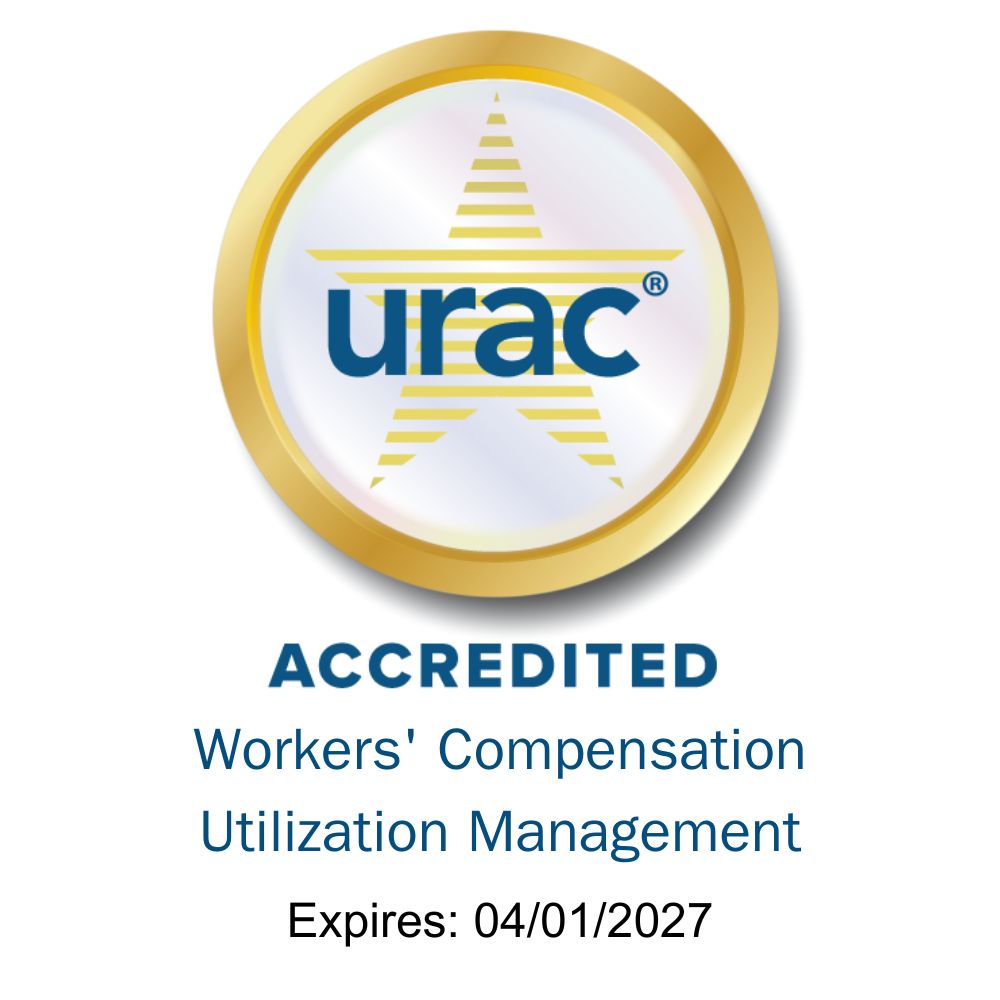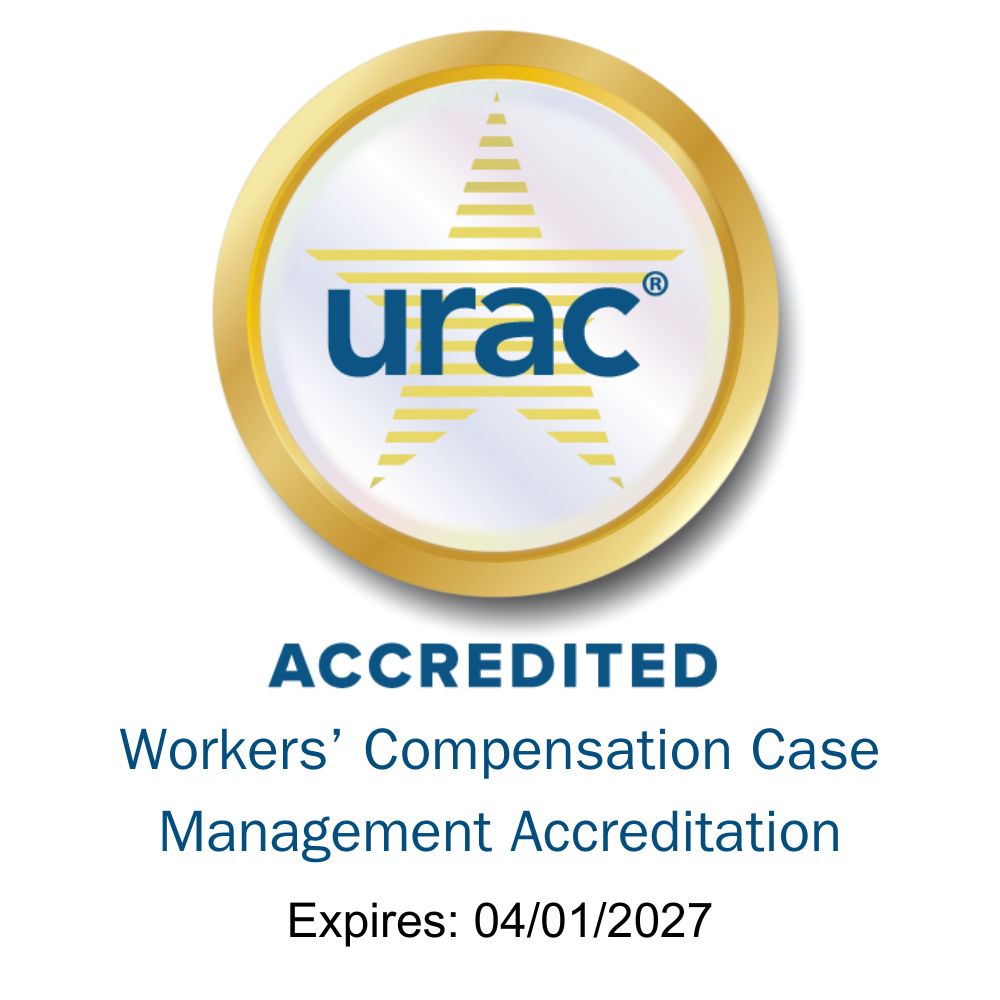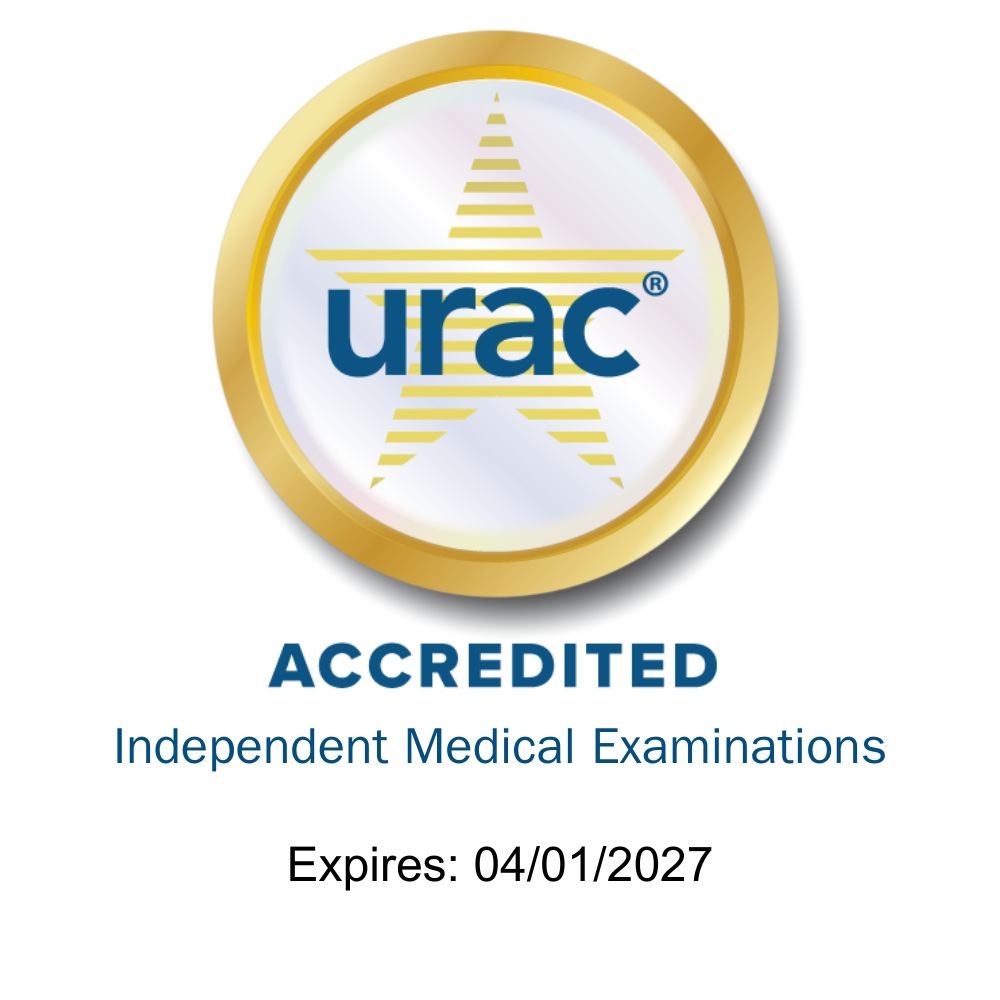The IME process is not an area where claims managers want to skimp on quality. Claims that require IMEs have complexity and uncertainty surrounding them — for example, perhaps an adjuster wants to discover the true cause of a claimant’s complaints or determine whether a course of treatment is the right one. The adjuster requests an IME to obtain an objective second opinion from a third-party medical expert on these types of issues.
In today’s environment, claims managers are challenged with handling teams in flux and varying levels of experience. A quality IME program allows team members to operate from a common set of IME best practices. Working with an experienced IME service provider is critical to this approach, as this vendor can help create an even playing field from which all team members can initiate and receive quality IME results. Here are five examples of how a quality IME program has become critical amidst today’s tough staffing issues:
1. With varying levels of staff experience, it’s important to start with the basics and establish a clear understanding of the IME process.
Claims teams need a clear understanding of what an IME is and its purpose. They need to know when, why, and how to order this service. Today, there’s a plethora of claims with complex medical situations. The injury might be severe or catastrophic in nature, or a relatively simple case might negatively develop over time due to complications or existence of a comorbid condition, such as diabetes. Obtaining an IME at the right time will help adjusters keep a claim on a steady path toward recovery and return to work.
With all the training that’s required of new staff, claims managers may be relieved to know there are IME companies that offer guidance, training and resources on all aspects of the IME process. For example, the company may suggest tips on properly completing an IME referral, educational webinars on developing effective IME cover letters and an eBook to help staff understand today’s IME intricacies.
2. A good doc is hard to find.
Guidance on selecting the right IME physician is highly valuable for all claims teams. Physicians who perform IMEs are typically experts in their fields. Over time and with experience, they become proficient at performing these exams, while carefully rendering medical opinions that have far-reaching implications related to causality, disability, impairment or apportionment.
Access to quality physicians, however, has always been a challenge, but according to the Association of American Medical Colleges, the U.S. could see a shortage of 124,000 physicians by 2034 — this will also impact the availability of IME physicians. Many may be reaching retirement age. According to this same source, more than two of every five active physicians in the U.S. will be 65 or older within the next decade.
At the center of a quality IME program is an extensive provider network that includes tens of thousands of IME physicians, including specialists. The IME company maintains the quality of this network by continually monitoring physicians and specialists to ensure they’re properly credentialed, qualified and skilled at performing IMEs. These physicians will also be in active practice and have no sanctions against them.
Clinical coordinators at the company are familiar with the physicians’ areas of specialty, board certifications and expertise on body parts, such as orthopedic surgeons who are specialized in hands versus knees. So, when a referral comes in, they can quickly make the right match from within their broad national network. For organizations looking for a vendor, URAC accreditation is one way to identify those companies who have officially verified they have best practices and quality standards in place.
3. Jurisdictional issues are more varied and complex than ever.
Claims organizations want to ensure staff members have a good grasp of jurisdictional issues, as they relate to IMEs. If rules and regulations aren’t properly followed, an IME could be discredited. This not only wastes the money invested in the initial exam, but it could also delay treatment and return to work.
An expert IME company has your team’s back, as it has in-depth knowledge of requirements across all jurisdictions. For example, certain jurisdictions will outline when an IME can be requested and how often. Different jurisdictions may use different evaluation guidelines, language and notifications. Additional areas where jurisdictional issues may arise include:
- Depending on the jurisdiction, an employer may be allowed to assign some disability to a pre-existing injury or condition, which may reduce the benefits for the workers’ comp injury. An IME can help in assigning appropriate apportionment.
- Depending on the jurisdiction and relevant nomenclature, adjusters may want to ascertain if the injured employee has reached maximum medical improvement (MMI), if a permanent or partial impairment exists and, if so, determine the impairment rating.
The IME company will also offer training on these types of state-specific requirements.
4. Adjusters need help with the administrative aspects of the IME process.
As we know, adjusters are swamped with work, and they need assistance wherever they can get it. As such, claims organizations should look for an IME company that can assume much of the burden of IME coordination. For example, once a referral is made, care coordinators should essentially be able to take it from there and simply keep adjusters abreast of important updates. For example, care coordinators can help obtain and organize medical records. They will highlight critical pieces of the file and identify items physicians should review in relation to the purpose of the IME. If the objective is to assess causality, the coordinator will ensure all diagnostic tests results are included and available for the physician to review.
It’s also important that the company have efficient processes around scheduling, intake, coordination, quality assurance and report delivery. Toward this end, the company should have invested in IT infrastructure. For example, digital portals securely and electronically transfer medical records between claims staff and IME physicians. These portals significantly streamline the workflow, as the process of copying and shipping medical records is eliminated.
All of this helps enhance operations, minimize delays and improve communication.
5. A two-tier quality assurance process brings peace of mind to a busy claims department.
Stretched thin and scrambling to keep pace with the many demands of their jobs, adjusters might fail to spot errors, or sometimes due to inexperience, they may not realize a key component is missing in the final IME report.
To help address these issues, a sophisticated IME company performs a two-tier quality assurance (QA) process on every final IME report. In the first phase, the company checks data points, such as claimant name and claim number, to ensure all facts are correct. It reviews for and corrects spelling, typographical and grammatical errors.
IMEs must also be able to withstand the scrutiny of state commissions, workers’ comp boards and court systems. Afterall, no one wants a judge to conclude that the quality of an IME report has been compromised. For example, if an adjuster submitted an IME cover letter that asked leading questions, this could be construed as an attempt to influence the physician’s opinion.
The IME company will vet the report from a clinical standpoint. Obviously, the medical opinion is solely that of the examining physician. However, the reviewer will look for mistakes in terms of the report noting the wrong body part or the wrong side of the body, e.g., the left leg instead of the right. If there are gaps in treatment, the reviewer makes sure the physician has addressed why those gaps occurred. And finally, the reviewer will make sure the report delivers a clear medical opinion and the medical rationale to back it up. If these standards aren’t met, the door could be open to discredit the IME.
In the second part of the QA process, the reviewer ensures compliance with state and federal laws, as well as compliance with relevant policy language.
IME Excellence Helps Your Claims Team
Today, IME vendors are striving to deliver higher levels of service and clinical excellence. A workers’ comp organization must partner with a preferred provider that has extensive geographic reach, a team of medical experts, clinical coordinators, and quality assurance specialists.
Clearly, the most important part of a quality IME is the physician. If claims adjusters work with an experienced vendor, the claimant will be matched to a physician who is qualified and skilled at performing that specific type of exam. And quality IME vendors are the conduit to getting injured claimants matched to the right physician – resulting in an IME that drives informed decisions and moves claims closer to closure.
Adhering to these best practices must be made a priority. Otherwise, complex claims have a greater risk of becoming prolonged, complicated, and costly – and claimants would be in jeopardy of not receiving the care they need to recover and return to work.






